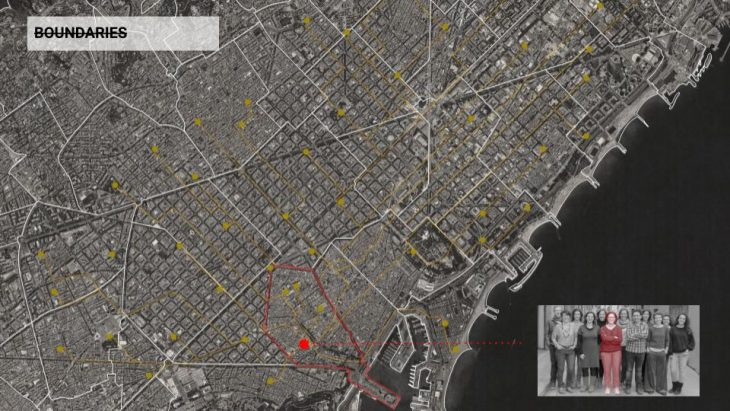This project aims to study the power of conceptual model making as a tool to reflect on societal issues in our public spaces. The goal is to conceptualize and gather insights from invisible agents in the city, not by high tech but high touch methods. By introducing new urban platform of connection, we can start to open new possibilities of empowerment and reflection.

As you walk through a plaza you are building your own mental model of this public space. As part of the community of city planners, you can reflect these models back into the city scape. However, are there alternative models that we are not capturing in this plaza? Models that can redefine our understanding of public space?
For the homeless- the invisible inhibitors of the public space, the model is based on completely different model of understanding and experience. For the homeless, the public space is place of survival.

Before addressing the possibilities at hand we wanted to establish a clear understanding of the problem and set some rules.
- This is NOT social project: We are not addressing the housing problem or social economic dynamics of homlessness.
- This is NOT a tracking project. We do not aim to monitor movements and activities of the individuals not be driven by quantitative data collection
- This is NOT a homeless centered project. The aim is not to create public spaces that are more adapted to homelessness.
THEN WHAT?
To understand the shelter’s role in this rebuilding of the model we visited the Arreles shelter in the Raval area. We tried to understand how the shelter could be a type of sensor for the city. Before going there we were able to access different quantitative data sets- numbers of homeless, their gender their ages or names etc.

But at the shelter, we also met Maria; a social work who has been volunteering at the shelter for 4 years. After a short conversation with her, we were able to get insights about places that were not necessarily near her. Furthermore, we were able to recognise her value for the city as active sensor of high touch. With high touch, we mean sensing through human interaction. Social workers are able to do that because of their expertise and their position as persons of trust.

The current system that works with the public space in seperated in two different disconnected directions. One, is related to the social services and the institutions; the other one, is in relation to the urban planning stakeholders.
How could we introduce the collective insights from the social workers into a different model? Maria could be a new active sensing layer to the city. So, what is her role as an intermediator to connect the data from homeless to the planners of the public space?
This new model showcases the value of social workers and their fundamental role for the city not just as helper but actors. They could be the missing link for rethinking, and reimagining the public space from the integrated perspective.

Once we go to the bigger scale, we start to see even though the shelter is catering to the homeless community around the city, the current zoning system does not allow for this dynamism. How can we use this model to rethink our current boundaries and update the codes of the city?
Maria is just one of many high touch sensor, by empowering and providing funding to these social workers we can begin to empower both the shelter and the city and open new platforms of collaboration.
High Touch Sensors, is a project of IAAC, Institute for Advanced Architecture of Catalonia developed at Master in City & Technology 2020/21 by Students: Alvaro Cerezo Carrizo, Marta Galdys, Diana Roussi, Heba Qatanany and Faculty: Nicolay Boyadjiev.